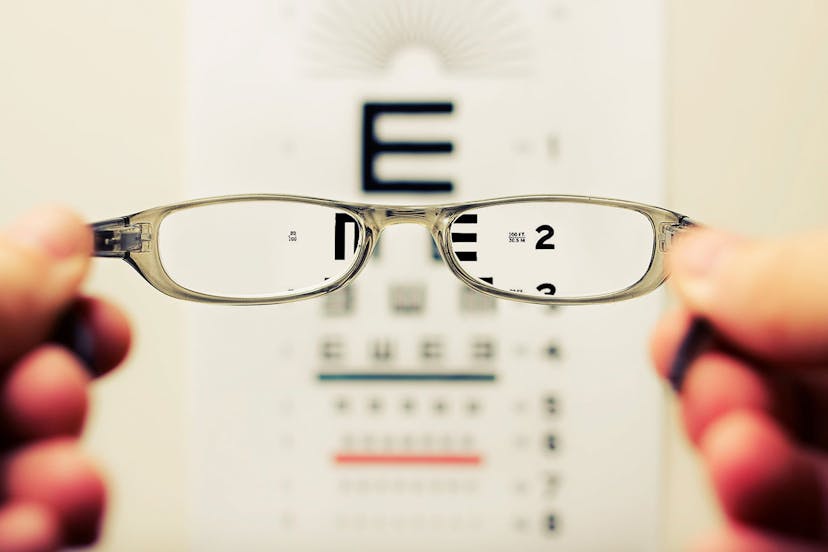
Navigating The Environmental Impact of Contact Lens Waste
In the era of enhanced vision and convenience, contact lenses have revolutionised the way millions perceive the world. These tiny, optical wonders offer wearers the freedom to experience life without the hindrance of traditional eyeglasses. However, with this newfound clarity comes a growing concern that often goes unnoticed—the environmental impact of contact lens waste. As our society continues to grapple with issues of sustainability and ecological responsibility, it becomes imperative to shed light on the consequences of our daily choices, even those as seemingly insignificant as discarding a small piece of plastic. In this article, we delve into the overlooked realm of contact lens waste, exploring its environmental footprint, the challenges it poses, and the collective responsibility we bear in safeguarding our planet. Join us on a journey to see beyond the lens and consider the broader implications of our quest for clearer vision.
What Are Contact Lenses Made Of?
Contact lenses are typically made from various types of plastic materials. The two primary types of contact lenses are rigid gas permeable (RGP) lenses and soft lenses, each composed of distinct materials:
Rigid Gas Permeable (RGP) Lenses
RGP lenses are made from durable, rigid plastics that allow oxygen to pass through to the cornea. The most common materials include fluoropolymers and silicone acrylates.
Soft Lenses
Soft lenses are more flexible and conform to the shape of the eye. They are made from hydrogels or silicone hydrogels. The main components of soft lens materials are water and plastic.

Hydrogels
These are water-absorbing polymers. The water content in hydrogel lenses provides comfort by allowing oxygen to reach the cornea.
Silicone Hydrogels
These are an advanced type of soft lens material that allows even more oxygen transmission. They are known for their high oxygen permeability, reducing the risk of certain eye conditions.
The specific composition can vary between different brands and types of lenses, but these materials are chosen to provide comfort, optical clarity, and oxygen permeability while maintaining the necessary structural integrity for vision correction. Moreover, the disposal and recycling of contact lenses present environmental challenges due to the combination of plastic and water content in the lenses. Proper disposal methods, such as recycling programs offered by some manufacturers, are encouraged to mitigate environmental impact.

Where There Is Plastic There Is Damage & Waste
Over 97% of contact lens users damage the environment by throwing away disposable lenses.
Facts!
1. There are 3.7 million contact lens wearers in the UK.
2. 750 Million contact lenses hit the drains or go into landfill every year in the UK.
3. 2 out of every three contact lens wearers are unaware they are damaging the environment.
4. 780 million plastic contact lenses are used in the UK per annum.
5. 750 million plastic lenses are flushed down the toilet or end up in landfills.
6. It can take 500 years for plastic contact lenses to decompose.
7. Almost all of these materials are derived from petroleum.
8. Blue water (tap water) is "wasted" in handwashing for handling contact lenses.
What Is The Solution?
Recycling contact lenses can be challenging due to their small size, composition, and the potential for contamination from contact lens solutions. However, some manufacturers have initiated recycling programs to address this issue. Here are general steps you can take to recycle plastic contact lenses:
Contact Lens Recycling Programs
- Some contact lens manufacturers, in collaboration with recycling companies, offer specific recycling programs. These programs may provide collection bins at participating eye care professionals or offer mail-in options.
Participate in Manufacturer Programs
- Check with your contact lens manufacturer to see if they have a recycling program in place. Some companies, such as Bausch + Lomb and TerraCycle, have established programs where users can send in their used contact lenses, blister packs, and packaging for recycling.
Separate Materials
- Before recycling, separate the various components of the contact lens packaging. This may include the foil, plastic blister packs, and the lenses themselves.
Remove Excess Solution
- Rinse the lenses to remove any residual contact lens solution. This step is essential to avoid contamination of the recycling process.
Use Approved Collection Bins
- If there are designated collection bins for contact lens recycling at your eye care professional's office or other locations, deposit your used lenses and packaging in those bins.
Mail-In Programs
- Some programs allow you to mail your used contact lenses and packaging directly to the recycling facility. Ensure you follow the specific instructions provided by the program to ensure proper recycling.
Explore Local Recycling Options
- While traditional curbside recycling may not accept contact lenses due to their small size and composition, you can inquire with local recycling facilities or waste management companies to see if they have any specialised programs for contact lenses or if they can offer guidance on proper disposal.
Moreover, the availability of recycling programs may vary by region, and advancements in recycling technology may lead to improved options in the future. Always check with the specific manufacturer or recycling program for the most accurate and up-to-date information.
Laser Eye Surgery Solves The National Problem
One such leap forward is the shift from traditional contact lenses and glasses to laser eye surgery—a positive move that not only contributes to reducing plastic waste but also proves to be a smart investment in terms of both time and money.
1. Reducing Plastic Waste
Laser eye surgery offers a sustainable alternative to the frequent disposal of plastic contact lenses and their associated packaging. The lenses, often composed of non-biodegradable materials, contribute to environmental pollution. By opting for laser eye surgery, individuals can significantly diminish their plastic footprint, contributing to a cleaner and greener planet.
2. Minimising Environmental Impact
Beyond the direct impact of plastic waste, consider the environmental costs associated with the production and distribution of contact lenses. Laser eye surgery, once performed, eliminates the ongoing need for manufacturing, packaging, and transportation of disposable lenses. This reduction in the demand for resources aligns with the principles of environmental conservation.
3. Economic Efficiency
While laser eye surgery may seem like a significant upfront investment, it proves to be a financially prudent decision in the long run. The continuous expense of purchasing contact lenses, solutions, and glasses adds up over time. Laser eye surgery offers a one-time solution that frees individuals from recurring financial commitments, resulting in substantial savings over the years.
4. Time-Saving Convenience
Imagine waking up every morning with clear vision, eliminating the need for the daily ritual of inserting and removing contact lenses or searching for misplaced glasses. Laser eye surgery provides the gift of time, simplifying daily routines and allowing individuals to redirect their energy toward more meaningful pursuits.
5. Enhanced Quality of Life
Laser eye surgery not only contributes to a cleaner environment and financial savings but also enhances the overall quality of life. Improved vision can boost confidence, increase productivity, and open up new opportunities, all of which add immeasurable value to one's personal and professional life. Laser eye surgery gives you back your normal eyesight, the vision you should have always had.

Conclusion
Laser eye surgery emerges not only as a transformative step toward individual well-being but as a commendable choice in the journey toward a more sustainable and environmentally conscious future. By reducing plastic waste, minimising environmental impact, and offering long-term economic benefits, laser eye surgery becomes a shining example of how personal choices can align with global efforts for a greener tomorrow.
Find out more by Speaking to our team









